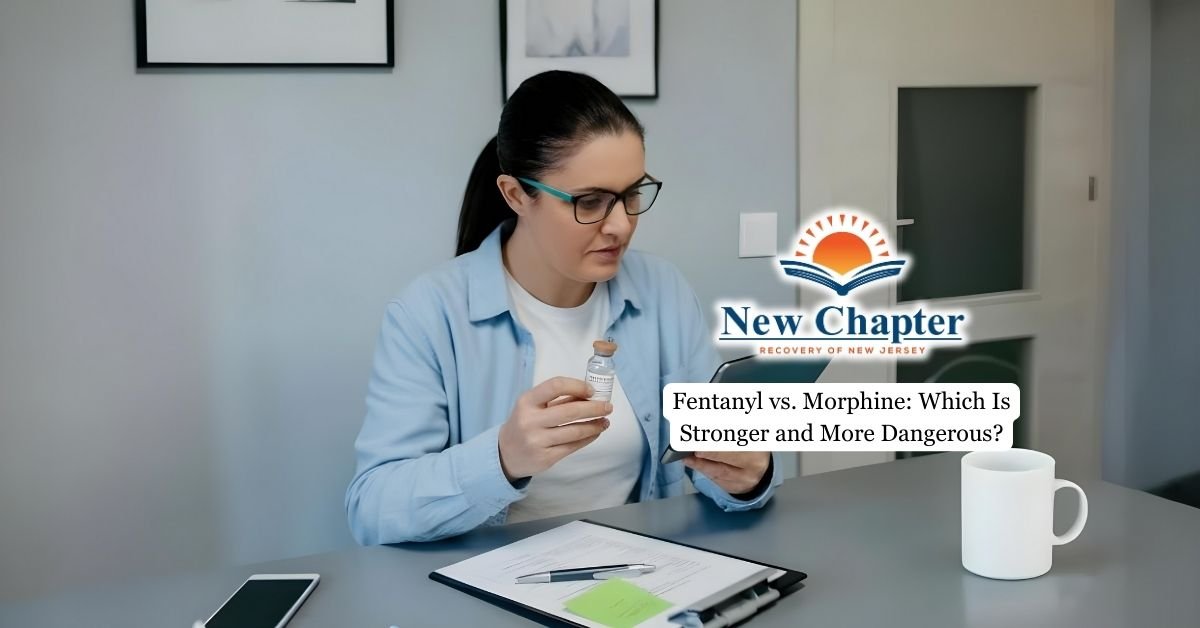Addiction treatment offers a variety of options tailored to meet the diverse needs of individuals struggling with substance use disorder. Choosing the right addiction treatment program is a critical step in the recovery journey, as the type of treatment and level of care must align with the individual’s severity of addiction, home environment, and stage of recovery.
This article compares PHP and residential treatment programs, highlighting their differences, benefits, and how to determine which program is right for someone struggling with drug or alcohol addiction.

What is a Partial Hospitalization Program (PHP)?
A Partial Hospitalization Program (PHP) is a structured, intensive outpatient addiction treatment option for individuals who don’t need 24-hour care. Typically lasting 6–8 hours a day for 5–7 days a week, PHPs offer individual and group therapy, relapse prevention, and other support services. Clients receive treatment during the day but return home in the evenings, maintaining family and community ties.
Positioned as ASAM Level 2.5, PHPs serve as a middle ground between inpatient rehab and standard outpatient care. They’re often used as a step-down from residential programs or a step-up from less intensive treatment. The focus is on stabilizing behavior, building coping skills, and managing real-world triggers to support long-term sobriety.
What is a Residential Program?
Residential treatment, or inpatient rehab, provides 24/7 care in a live-in facility, typically lasting 30 to 90 days, depending on individual needs. It offers a highly structured, immersive environment that removes clients from everyday triggers, allowing them to focus entirely on recovery. This level of care is ideal for those with severe addiction, co-occurring mental health issues, or unstable home situations.
Services include individual and group therapy, detox if needed, medication management, holistic therapies like yoga or meditation, and relapse prevention. Residential programs also foster a strong sense of community and provide personalized aftercare planning to support lasting sobriety.
Key Differences Between Partial Hospitalization Programs and Residential Rehab Programs
Living Arrangement
PHP clients live at home and attend treatment during the day, while residential treatment requires living full-time at a treatment facility with 24-hour supervision.
Level of Supervision
PHP offers supervision during scheduled treatment hours only, whereas residential programs provide continuous, around-the-clock care.
Treatment Intensity
PHP is an intensive outpatient treatment with structured therapy sessions several hours per day, but less intensive than residential care, which is the most immersive and intensive form of addiction treatment.
Daily Schedule
PHP typically involves 4 to 8 hours per day, 3 to 7 days per week, whereas residential programs have a full-day structured schedule including therapy, activities, and support.
Flexibility and Environment
PHP allows individuals to maintain some daily routines and responsibilities, while residential treatment provides a controlled, trigger-free environment separate from daily life.
Typical Duration
PHP programs typically last weeks to months, while residential treatment usually spans 30 to 90 days or more depending on individual treatment goals.
Ideal Candidates
PHP is best suited for individuals with moderate symptoms and a stable home support system, whereas residential treatment is recommended for those with severe substance use disorders, co-occurring disorders, or unstable living situations.
Advantages and Disadvantages
Partial Hospitalization Program
A Partial Hospitalization Program (PHP) is an intensive outpatient program that offers several advantages for individuals struggling with substance abuse and seeking addiction treatment. It allows clients to live at home, maintaining vital connections with family and their community, while receiving intensive therapy during the day.
PHP is often more affordable and flexible than residential treatment, making it a practical choice for those with moderate addiction severity or individuals transitioning from inpatient care. It provides structured support, relapse prevention strategies, and therapeutic services without requiring a full-time stay at a treatment center.
However, PHP may not be suitable for everyone. The reduced supervision and structure can increase the risk of relapse for some, especially if their home environment presents triggers or lacks stability. For those with severe substance use disorders or highly unstable living situations, a higher level of care may be more appropriate.

Residential Treatment Program
Residential treatment programs offer a highly structured, immersive environment for individuals battling addiction. With 24-hour supervision and support, clients benefit from a safe, trigger-free setting where they can focus entirely on recovery.
These programs deliver intensive therapy designed to uncover and address the root causes of substance use, making them especially effective for those with severe addiction, co-occurring mental health conditions, or those in need of medically managed detox. The residential setting also fosters strong peer connections and a sense of community, which can be vital in early recovery.
Residential care requires a significant time commitment, often 30 to 90 days or more, and can be more costly than outpatient options. On top of that, stepping away from work, family, and daily responsibilities can be challenging, and a gradual transition to a lower level of care, such as PHP or IOP, is typically necessary after discharge to maintain long-term progress.
Factors to Consider when Choosing a Treatment Program
Choosing the right addiction treatment program depends on several factors, including the severity of the substance use disorder, the presence of co-occurring mental health conditions, stability of the home environment, personal responsibilities, and financial considerations.
Individuals with severe substance use disorders or unstable living situations often benefit from residential treatment programs with 24-hour supervision. Those who are medically stable and have a strong support system at home may find PHP treatment effective and manageable.
Insurance coverage and cost also play a role in determining access to different levels of care.
Transitioning Between Levels of Care
The continuum of care in addiction treatment often involves transitioning between different levels as recovery progresses. PHPs are frequently used as a step-down from residential or inpatient programs, allowing individuals to gradually reintegrate into daily life while maintaining intensive treatment support.
Conversely, PHP can serve as a step-up for those needing more structure than traditional outpatient programs but who do not require full-time residential care. Effective treatment plans incorporate these transitions to reduce relapse risk and support sustained recovery.
Final Thoughts from New Chapter Faith Recovery
Both Partial Hospitalization Programs and Residential Programs offer effective addiction treatment services, but they serve different roles within the continuum of care. Choosing the right treatment program depends on individual needs, severity of addiction, home environment, and treatment goals.
At New Chapter Faith Recovery in New Jersey, our Partial Hospitalization Program (PHP) offers a comprehensive level of care for those seeking to overcome drug and alcohol addiction. Each treatment plan is tailored to the individual, addressing both substance use and co-occurring mental health conditions through counseling, group therapy, wellness activities, and faith-based support. Here, recovery means more than just sobriety; it means becoming a part of a family and starting a new chapter of life with purpose and strength.






